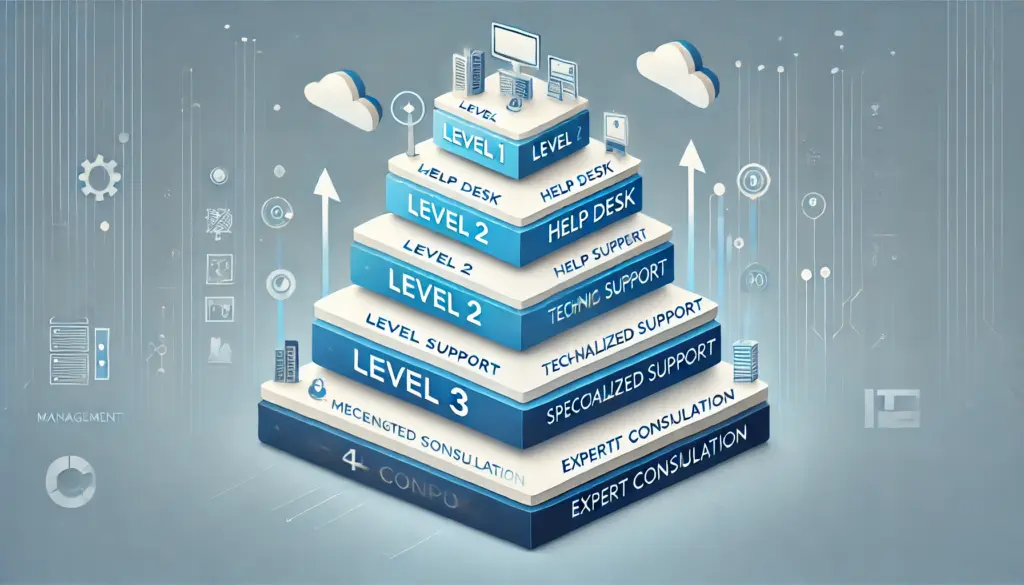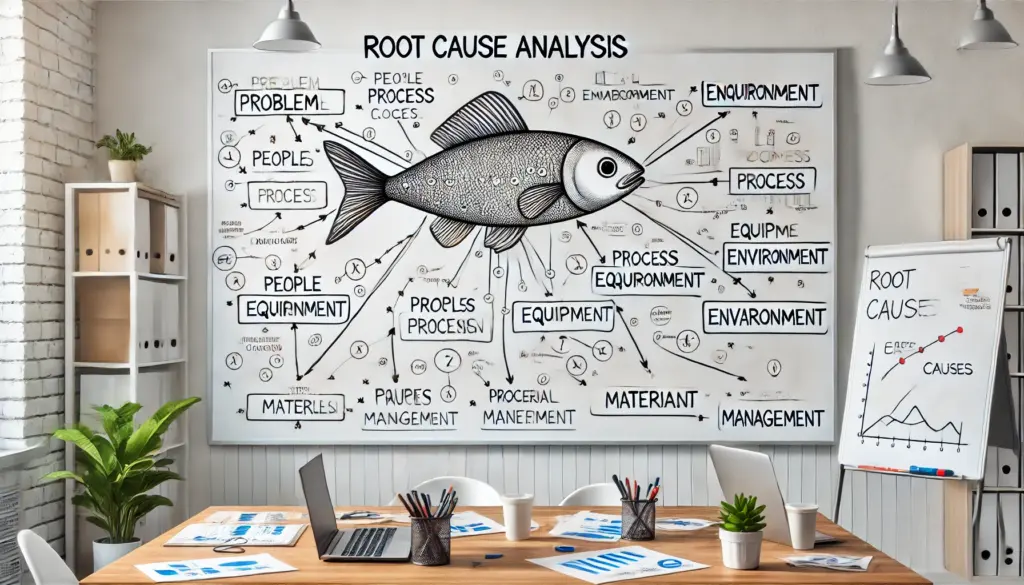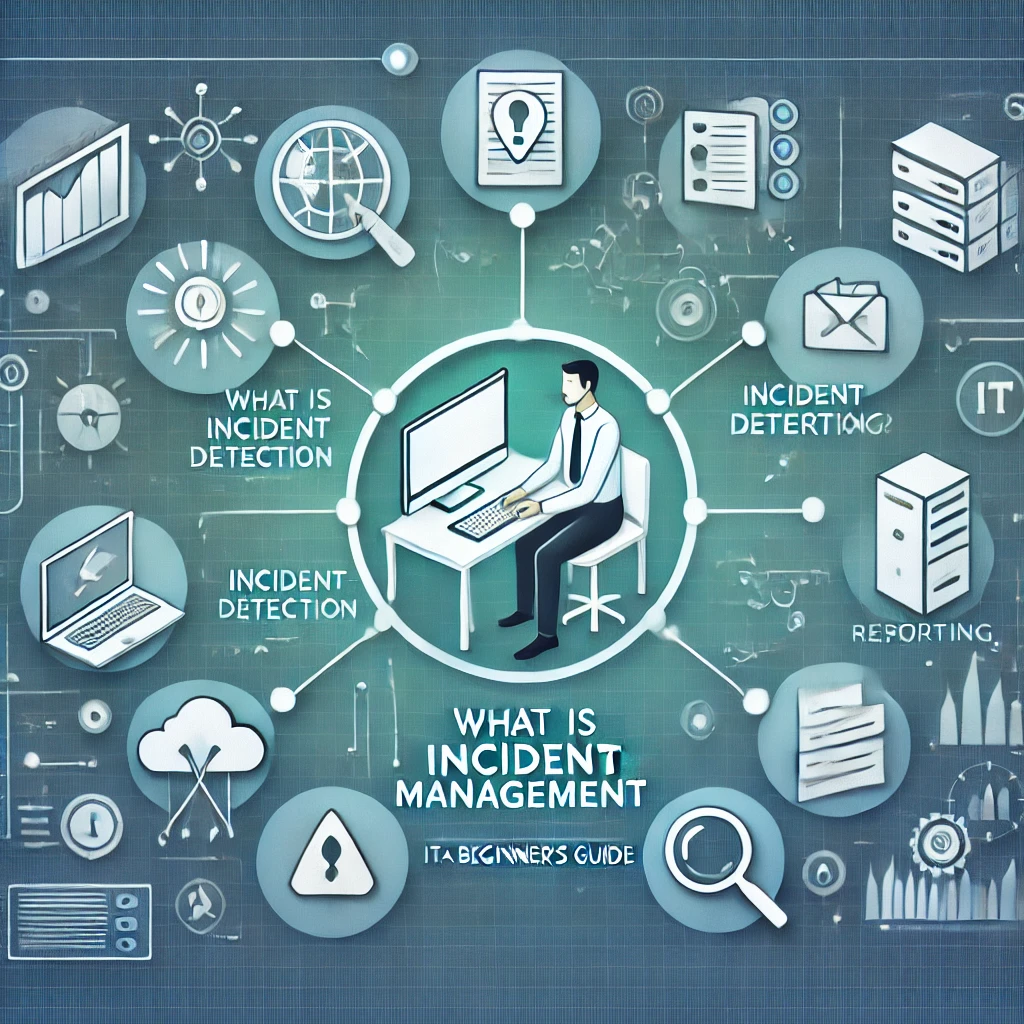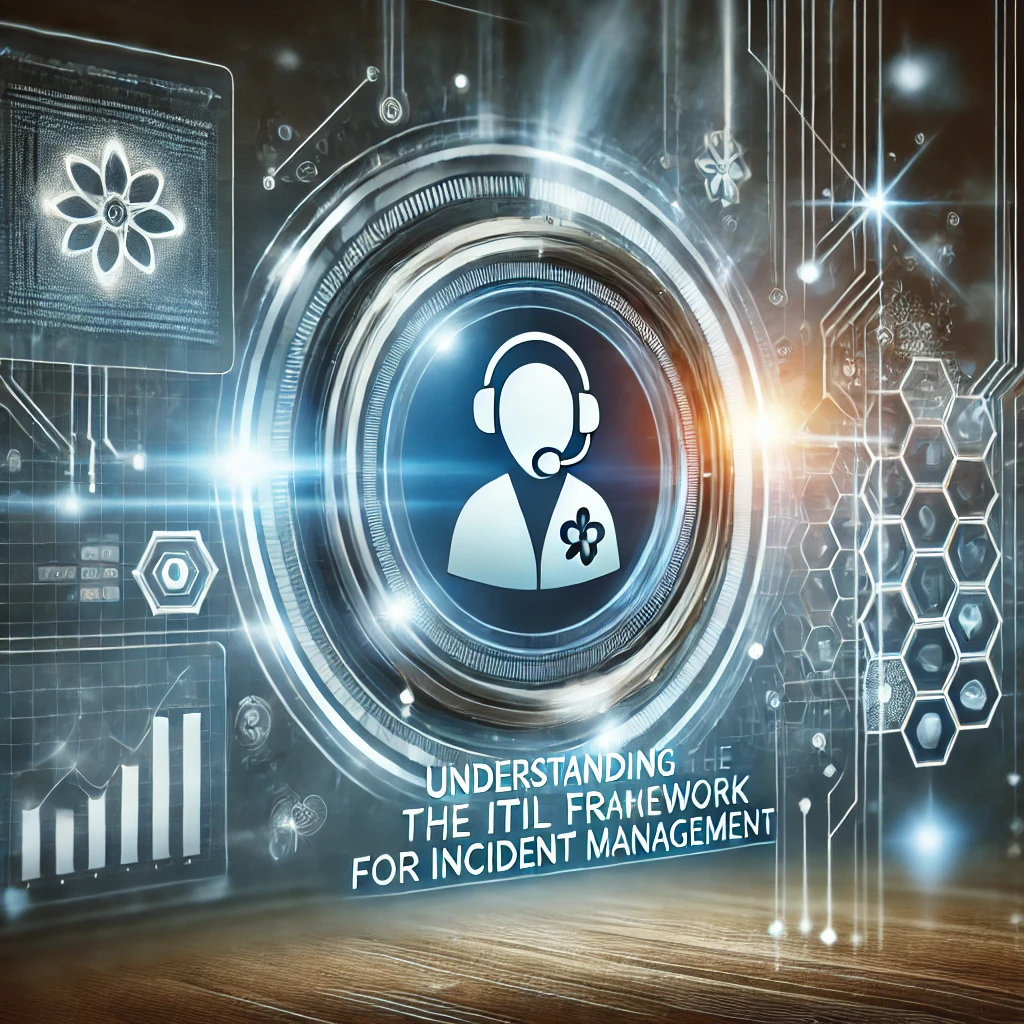📝Incident Response and Recovery: Strategies for Success
🛑 Introduction
In today’s digital world, IT incidents are unavoidable. Whether it’s a server outage, a security breach, or an application failure, organizations must be prepared to respond swiftly to minimize damage.
But responding to an incident is only half the battle. Recovery is equally crucial to restore operations, prevent recurrence, and improve resilience for future incidents.
🔍 This guide will cover:
✔️ Incident Response Process – How to detect, contain, and mitigate incidents.
✔️ Incident Recovery Strategies – Steps to restore operations and prevent future failures.
✔️ Best Practices & Tools – Frameworks and automation solutions for efficient management.

🚨 What Is Incident Response and Recovery?
🔹 Incident Response refers to the immediate steps taken to identify, contain, and resolve an IT incident.
🔹 Incident Recovery focuses on restoring systems, learning from the event, and preventing future disruptions.
📍 Key Phases of Incident Response:
🔴 Detection & Identification – Recognizing the issue through monitoring tools.
🟠 Containment – Limiting the damage and preventing escalation.
🟡 Analysis & Diagnosis – Investigating the cause and impact.
🟢 Resolution & Closure – Fixing the issue and resuming normal operations.
Example: If a server crash occurs, the response team will first detect the issue via monitoring tools (like New Relic or Grafana) and contain the impact by redirecting traffic.
📍 Key Phases of Incident Recovery:
🔄 Root Cause Analysis (RCA) – Understanding why the incident happened.
📁 System Restoration – Bringing affected services back online.
🛡️ Security Hardening – Strengthening infrastructure to prevent future breaches.
📝 Postmortem & Documentation – Learning from incidents to refine processes.

🔥 Step-by-Step Guide to Effective Incident Response
🛎️ 1. Establish an Incident Response Plan (IRP)
Having a well-defined Incident Response Plan (IRP) ensures teams know exactly what to do during a crisis.
✔️ Roles and Responsibilities: Define who handles detection, containment, and recovery.
✔️ Escalation Process: Set up a clear chain of command to involve senior management when needed.
✔️ Communication Strategy: Keep all stakeholders informed with structured updates.
📌 Pro Tip: Follow the ITIL Framework for structured incident handling.
🔍 2. Implement Real-Time Monitoring and Alerts
The faster you detect an issue, the faster you can fix it.
✅ Set up automated alerts for abnormal system behavior.
✅ Use AI-driven analytics to predict and prevent outages.
✅ Conduct regular system health checks to detect vulnerabilities.
🔹 Recommended Tools:
📊 Grafana – Real-time dashboards for system monitoring.
🛠️ New Relic – Performance monitoring and error detection.
📜 Splunk – Log analysis and security threat detection.
⛔ 3. Contain the Incident to Minimize Damage
Once an incident is detected, containing it quickly can prevent further impact.
🛑 Actions to Take:
✔️ Isolate affected servers or applications to stop the spread.
✔️ Disable compromised accounts to prevent unauthorized access.
✔️ Limit network traffic to affected areas to protect other systems.
📌 Example: If a DDoS attack is detected, immediately redirect traffic to a mitigation service like Cloudflare or AWS Shield to absorb the load.
🔄 Key Strategies for Faster Incident Recovery
🧐 4. Conduct a Root Cause Analysis (RCA)
After containment, finding the root cause is critical to prevent future incidents.
📌 Methods to Perform RCA:
✔️ The 5 Whys – Keep asking “why” until the root cause is found.
✔️ Fishbone Diagram (Ishikawa Analysis) – Identify contributing factors.
✔️ Log Analysis & Forensics – Use Splunk or ELK Stack to trace the issue.

🤖 5. Automate Recovery Processes
Automation speeds up recovery and reduces human error.
🚀 Ways to Automate Recovery:
🔄 Self-Healing Systems – Automatically restart failed processes.
🔄 CI/CD Pipelines – Deploy patches and fixes instantly.
🔄 Automated Rollbacks – Revert to the last stable version in case of failure.
📌 Example: Kubernetes can be configured to auto-restart failed containers, ensuring minimal downtime.
📢 6. Strengthen Communication & Documentation
After an incident, clear communication ensures transparency and accountability.
🗣️ Best Practices:
✔️ Send regular updates to management and users.
✔️ Document the incident timeline for future analysis.
✔️ Hold a postmortem meeting to discuss improvements.
📌 Pro Tip: Maintain an Incident Knowledge Base to track common issues and solutions.
🎯 Building a Resilient Incident Management Culture
Long-term success in incident management requires continuous improvement.
📌 How to Improve Resilience:
✅ Regular Training – Conduct incident response drills and tabletop exercises.
✅ Follow ITIL Guidelines – Adopt a structured approach for efficiency.
✅ Update Incident Response Playbooks – Keep response plans up to date.
🚀 Final Thoughts
A well-executed incident response and recovery strategy is critical for minimizing downtime, securing systems, and ensuring business continuity.
💡 Key Takeaways:
✔️ Detect and contain incidents swiftly using real-time monitoring.
✔️ Automate recovery to reduce downtime and human errors.
✔️ Learn from each incident through RCA and postmortem analysis.
✔️ Continuously improve incident management practices.
📢 Next Steps:
🔹 Conduct an incident response drill for your team.
🔹 Review and update your Incident Response Plan.
🔹 Invest in AI-driven monitoring tools to enhance response capabilities.
📚 Learn More:
💬 Got questions about incident management? Share your thoughts in the comments below!




